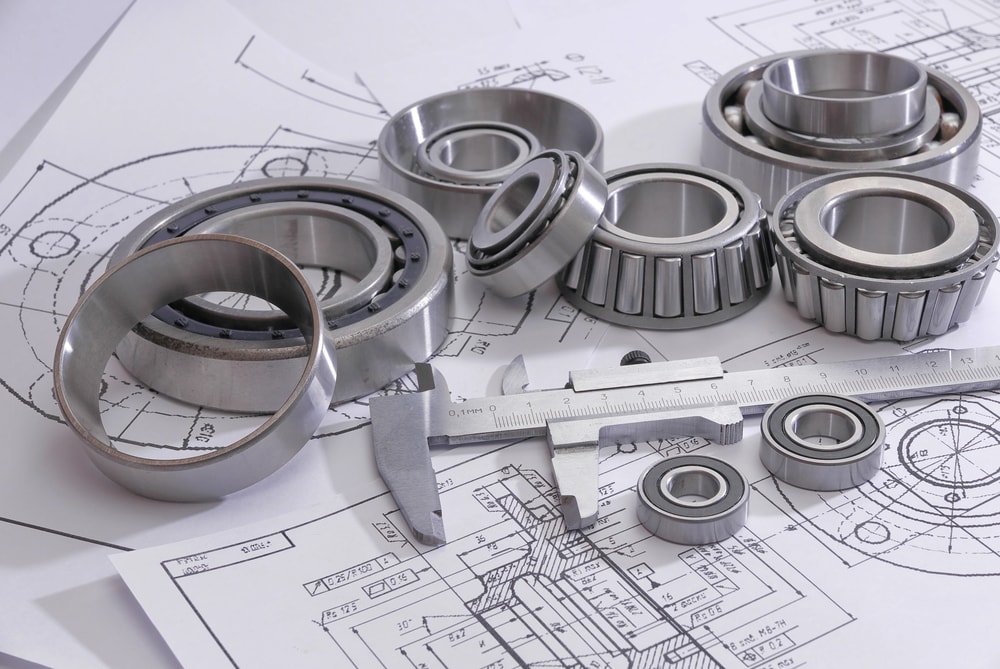
How long does a gear seal last?
Front wheel drive vehicles have CV axles that transfer power from the transmission to the wheels. However, in a rear-wheel drive system, the drive shaft is connected to the transmission and sends power to the rear differential. AT…
Front wheel drive vehicles have CV axles that transfer power from the transmission to the wheels. However, in a rear-wheel drive system, the drive shaft is connected to the transmission and sends power to the rear differential. The drive shaft is connected to the differential via a pinion shaft, a short shaft that comes out of the front of the differential.
Your car's differential is filled with a fluid similar to motor oil, but thicker. It is designed to protect the gears inside from friction and heat. Because the pinion shaft connects the inside of the differential to the driveshaft, a seal must be used around the end to prevent leakage of the differential fluid. This is the so-called gear seal.
The gear seal is used all the time. When the car is parked, the job of the seal is much easier, but when you shift into gear and start moving, everything changes. The pressure builds up inside the differential (to a certain extent - it's not the pressure level that is inside your engine) and the differential fluid begins to move. The seal must withstand pressure, fluid movement, and heat to prevent leaks.
In terms of service life, there is no set duration for the gear seal. In fact, they last as long as they last. Many different factors come into play here. All seals wear with time and differential fluid, but your driving habits will have a significant impact on life. For example, if you regularly transport heavy loads, you will further wear out the seal. If you have a lift kit or regularly ride off-road, you will also shorten seal life.
Since the gear seal prevents leakage of differential fluid and damage to the internal gears, it is important to be aware of the signs that the seal is starting to fail. This includes:
- Light leakage (signs of moisture) around the seal where the gear shaft enters the differential
- Significant leakage around the point where the pinion shaft enters the differential.
- Low Differential Fluid
If you're experiencing any of these issues, or suspect a seal is about to fail, a certified mechanic can help. One of our field mechanics can come to your home or office to inspect and, if necessary, replace the gear seal.

